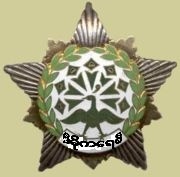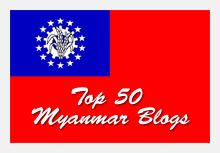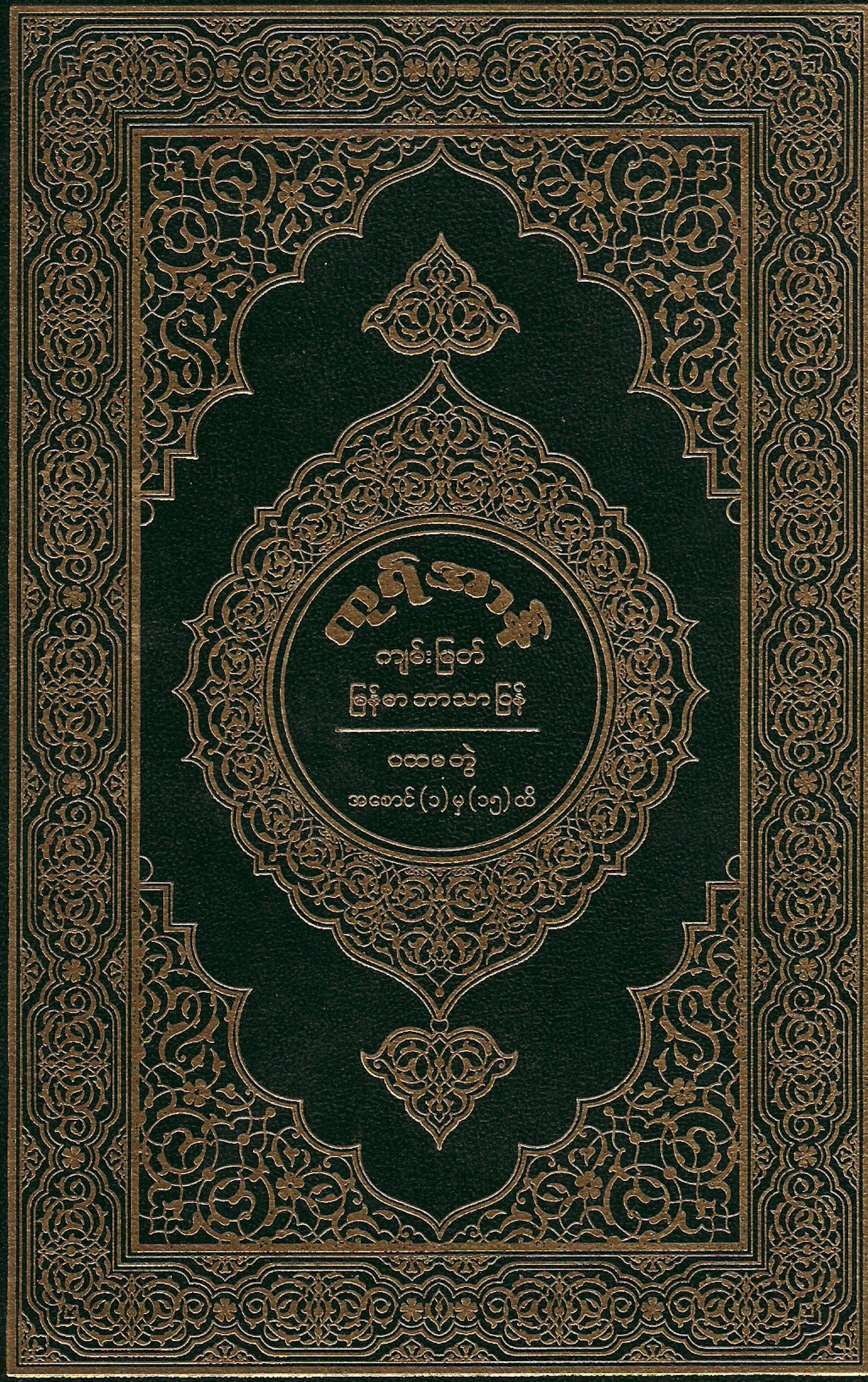Tiger Balm brothers,
Aw Boon Par abd Aw Boon Haw,
our prided migrants
Aw Boon Par
Aw Boon Par was a Burmese Chinese entrepreneur and philanthropist. His family was of Hakka descent and his ancestors were from Yongding County in Fujian Province.This history of the legendary brothers Haw and Par and the origins of their genius trace back to Rangoon (Yangon), Burma, where it all began.
Aw Boon Par and Aw Boon Haw’s father Aw Chu Kin was very poor in China. According to his descendents left still in Burma, there was a severe drought and calamity in China. Aw Chu Kin’s family could not afford to eat rice, noodles nor bread. Aw Chu Kin had to dig the ground and search for the edible roots. Aw Chu Kin’s brother was a Chinese traditional Medical men or Senseh in Rangoon and the business was doing well. He persuaded his younger brother to join him at the Paradise, Rangoon.
Aw Chu Kin, the young son of a herbalist in Amoy, a west Fukien province, left for Rangoon in the 1800s to seek his fortune. Aw Chu Kin decided to go to the faraway paradise but his money for the trip was not enough. His first stop was Singapore where he lived for several days in a kongsi house in the Chinese quarter of Telok Ayer Street. He had to stay and work for some time in Singapore. According to his descendents’ words, he was not happy in Singapore because it was infested with pickpockets, prostitutes, gangsters, mud and dust. While working at the Singapore port he always dreamed of the faraway paradise, Rangoon, Burma.
Once he had saved some money, he continued the trip but had to stop and work at the Penang Island. According to his descendents, the condition of the Penang Island was also like the hell as Singapore at that time. At last he managed to save enough money to go to his ultimate destination of Paradise on earth, Rangoon. before leaving for . Rangoon beckoned and soon he was on his way.
Aw Chu Kin set up his own Chinese doctor (“sinseh”) shop with a little help from his uncle, and Eng Aun Tong, or the Hall of Everlasting Peace, was founded in 1870.
His brother allowed him to work together and later arranged for him to marry with the local Burmese Chinese girl. Boon Haw, the “gentle tiger” was born in 1882 and Boon Par, the “gentle” leopard” in 1888. Tiger and Leopard were dispatched to an English language school where Boon Haw’s singular talent was in street fights. The final straw came when he beat up his teacher. Chu Kin bundled off the problem son to China to grandfather’s village whilst the less spirited Boon Par stayed put in Rangoon.
In 1908, father Chu Kin died, leaving the family practice to Boon Par, having despaired of Boon Haw’s rebel-rousing ways. The gentle leopard, finding the responsibility too much to bear, later asked for his older brother’s return from China to carry on the family business in Rangoon.
Aw Boon Par later migrated to Singapore, where he began the business of Tiger Red Balm with his brother, Aw Boon Haw.
“I will learn all I can about Western medicine, you can prescribe Chinese medicine,” Boon Par said to his brother. “Together we won’t lose a single patient. He can choose between east and west and the fee will stay with us.”Haw later migrated to Singapore , where he began the business of Tiger Red Balm with his brother, Aw Boon Haw.
On this astute promise the brothers Haw and Par built an empire and a legendary fortune out of a formula for a cure-all ointment sold in a little jar. Today, Tiger Balm is sold in over a hundred countries, arguably the world’s best known analgesic ointment. The origins of that formula can be traced back to the time of the Chinese emperors who sought relief for aches and pains from the stresses of court hearings, and the strains of the imperial harem. The balm would have died with the dynasties had it not been for Aw Chu Kin, who breathed new life into the ancient recipe.
His legacy is found in the Haw Par Villas throughout Asia, with locations in Singapore, Hong Kong, and the Fujian Province.During the Japanese Occupation Boon Haw was in Hong Kong and carried on business from there while Boon Par shut the factory in Singapore and returned to Burma where he died in 1944.
References
Notes from Talk Page:
This is an interesting read, but it’s almost as if it’s been translated directly from Babelfish or something. Not that it makes it bad — Though you’d probably find more information on Aw Boon Par here than in, say, the Encyclopedia Britannica.)
This latest posting is the personal accounts or the words of some of the descendents of the tiger balm brothers’ words. This is the truth known by many Burmese friends of those descendents but as I could not give definite references yet now, I hope other contributers would be kind enough to help search the relevant references. Some sentencs in the first and last paragraphs were copied and edited from the Wikipedia, Haw’s article.
I hereby apologize to all the Singaporeans (and Penang people) not to take as an insult for re-writting the conditions of your countries at that time. Congratulations for transforming the hells into heavens. But sadly our country lost the status of the jewel of the British Crown, Heaven and is now even worse than hell.Please kindly search references and help this article instead of just erasing all because it may be nice to have this part of the history in Wiki. So I hereby requested the Wiki editors or Administers to be patient and wait for someone who could upgade this up to the Wiki standards.
Ah Boon Haw
Ah Boon Haw ( Hú Wénh) was a Burmese Chinese entrepreneur and philanthropist best known for introducing Tiger Balm. His family was of Hakka descent. Boon Haw’s used his own a trademark: what else but his own name, and Tiger Balm was born.
By 1920 Aw Boon Haw, not yet 40, was the richest Chinese in Rangoon. Ever the risk taker, Boon Haw ventured south to Malaya and Singapore in spite of brother Boon Par’s reservation.
The sights and sounds of bustling commerce in the Malayan towns and Singapore’s port made his heart beat fast and his head race.
Studying the Singapore currency he saw the image of a snarling tiger in the watermark. That clinched it.The tiger tycoon moved into Singapore in 1926 and Eng Aun Tong found a spanking new home in the busiest port in the region. A new and larger factory was built along Neil Road where production was ten times more than that of Rangoon’s.
Aw Boon Haw plied small towns in Malaya in his custom-made car which had a head fabricated like a tiger. When the kampong folks crowded around, he would distribute samples of Tiger Balm and its sister products and win still more customers.
Haw Par Villa, was built on a hill in Pasir Panjang surrounded by unique gardens depicting Chinese mythology for the younger, quieter Boon Par in 1937. Also known as Tiger Balm Gardens, it was free to the public. (Tiger Balm Gardens was later donated to the Singapore government by the Aw family, put on public tender for re-building as a theme park under the name Haw Par Villa. This theme park is no longer associated with the Haw Par group).
With factories and distributorships firmly established in Malaya, Hong Kong, Batavia, cities in China and Thailand, and with wealth and status long achieved, Boon Haw next channelled his energy into diversification, which would include publishing and banking.
Haw founded several newspapers, including Sin Chew Jit Poh and Guan Ming Daily, which are both based in Malaysia. Sing Tao Daily dates back to 1938 and is currently based in Hong Kong.
While on a trip to Hong Kong from Boston in 1954, Haw died at the age of 72 from a heart attack following a major operation.
Note: Ah Boon Haw is often translated into Cantonese as Wu Man Fu. Haw’s sister’s name is Wu Sin, as mentioned in the Sing Tao Daily.
There was a public forum on 25.03.2007 in Kuala Lumpur, Malaysia, on the topic of Chinese Press in conjunction with the 125th anniversary of the birthday of Aw Boon Haw, the legendary media tycoon who founded the Sin Chew Daily (Singapore/ Malaysia) and Sing Tao Daily (Hong Kong), and a host of over forty other titles across South East Asia.
Aw’s life spanned across the late 19th century through the early 20th century, leaving behind a lingering legacy in which he was enduringly remembered for helping to nurture and sustain Chinese education and culture.
During the Japanese Occupation Boon Haw was in Hong Kong and carried on business from there.
After the war Aw Boon Haw returned to Singapore, reopened his factory and newspapers, repaired his homes and gardens and established the Chung Khiaw Bank in 1950.
He placed the management of the bank under the leadership of his son-in-law, Lee Chee Shan.
References
-
^ hawpar.com/heritage
-
Haw Par Heritage.[3]
-
Haw Par corporation.[4]
-
(Chinese) 胡文虎
-
(Chinese) 胡文虎父女的汕頭緣
Filed under: ASEAN, Burma, Burmese, Burmese Chinese, Burmese History, CHINA, English Article, Ethnic Minorities, History, Malaysia, Migration, Minority Races, Myanmar, Myanmar History, Politics, Refugees, Singapore | Tagged: ASEAN, Burma, CHINA, Development, Ethnic Minorities, History, Malaysia, Migration, Myanmar, Penang, poor, progress, rich, Singapore, tiger balm |












+(Small).jpg)


Leave a comment